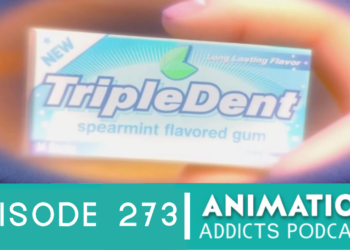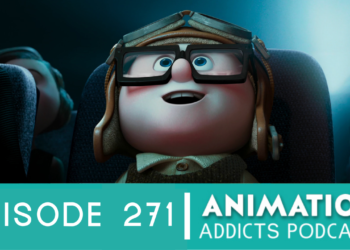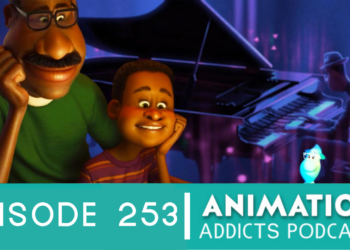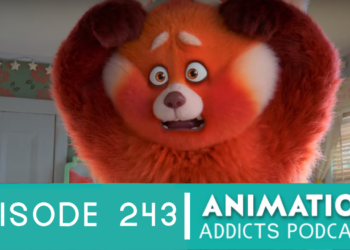Contrary to popular belief, Pixar is not solely run by animators. Jeanette Penley-Marker, part of the management team in Pixar’s publishing and promotional departments, most recently worked with Pixar’s Inside Out. She worked not on the film itself, but on most of what the audience saw outside the movie theater: merchandise, partner commercials, promotional animation, and more! Between her upcoming projects, Penley-Marker found time while teaching acting classes at Young Actors’ Theatre Camp (YATC) to sit down with us and answer a few questions.
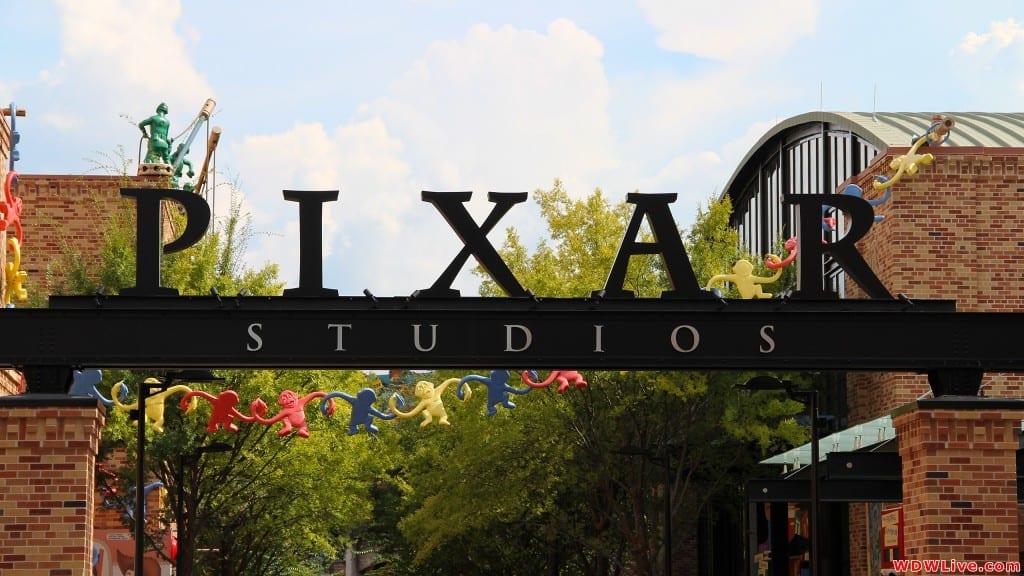
Do you have a favorite Pixar movie?
It’s ‘Inside Out.’ I would say that ‘Finding Nemo’ and ‘Toy Story 3’ were tied and then ‘Inside Out’ came along and became my favorite.
How would you describe what you do at Pixar?
I mean, your job is it’s gonna change, anyway, because the film’s gonna change that we’re working on, but I’ve kind of been a little all over the place. I’ve always worked in a sort of management assistant/coordinator-type role. When I first came on, I went and worked in the systems department, which is hardware-software-IT side of the company. And then – I don’t remember the timeline – but I was in theme parks for a while, I was there during the time we were doing Cars Land; I was in marketing for a while. I was in. I did a little bit of editorial, and then I went into publishing for a couple years, and then where I am right now which is promo and I’m assisting one of the producers that’s producing one of our shorts.
What do you enjoy most about your work?
It’s just a great place to work. Everybody’s very supportive of each other and, I mean, I really just enjoy my job; there’s really no particular thing. You really like the people you work with, you really enjoy coming every day so then that makes your job output that much better because you like your job. The company’s established such a great place to work that you wanna go, you wanna go work.
How did you get to Pixar, and how does this interact with your love for acting?
They’re separate from each other completely; it’s wearing different hats, I guess. But, when I first started out, I wanted to do – I was a double major with theatre and with marketing and PR. So, I knew I wanted to work for – at the time I got out of school – I wanted to work for a theatre company doing marketing, and I did that for about seven years for a nonprofit. It was one of the best nonprofits in the Bay Area, but it was still a nonprofit. So you’re working your butt off all day long, blood, sweat, and tears, and not making a lot of money. And then I had my first child and it all became too much for not enough return. It was too much on my time, too much everything, and I wasn’t getting a lot of money back, and I wasn’t getting enough time with my child. So I said “Screw that,” and I spent the first year of her life staying home with her, and then, by that time, I was ready to go back to work and I just knew what I didn’t want anymore. I didn’t wanna work for a nonprofit but I still wanted to work in the entertainment industry. I, of course, was a big fan of Pixar and, finding out it was a Bay Area based company, I looked into it and then it became an obsession. Like, “I have to work there.”
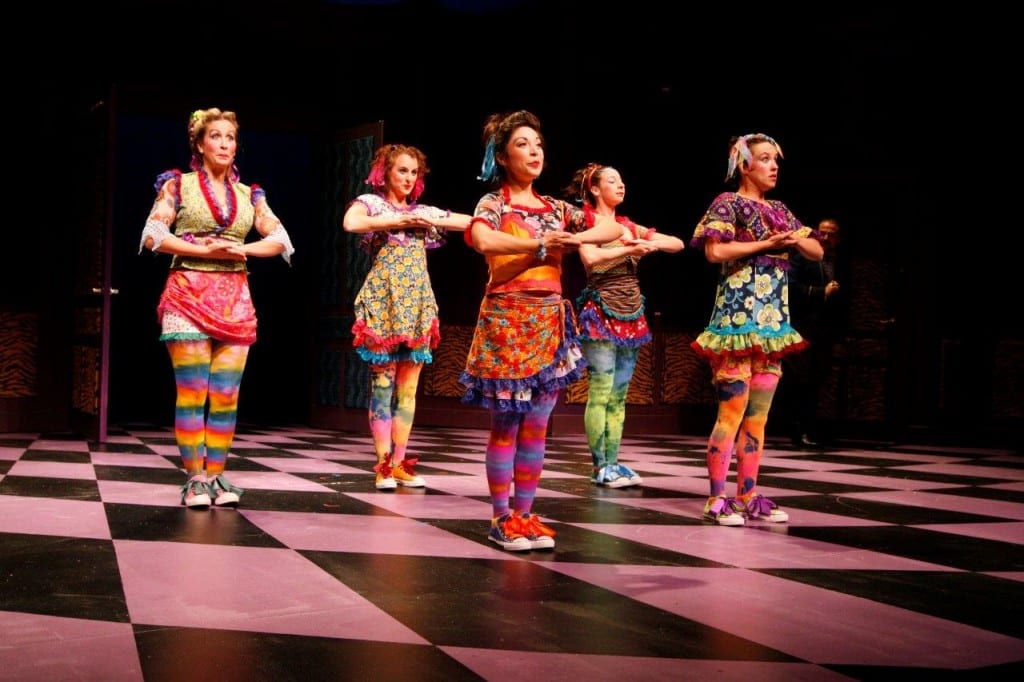
How is Pixar different from working at your previous job?
It’s fantastic. It’s just that you have a lot more at your fingertips to help you, whereas working for a nonprofit you have to make it up as you go. You don’t have a lot of resources to help you. At Pixar, you are given resources and if we don’t have the resources, how can we get you the resources to help you? Whether it’s “This software’s not working for me. I’ll put in a request to our IT department,” and it’ll get fixed immediately. At the nonprofit, you’ll be lucky if you get it fixed in a week, you know, lucky if you get it fixed in a week. And, literally, it’ll be five minutes with Pixar folks. You have all the best equipment, they’re always looking for new ways to communicate, new software programs to use, to organize you… So, it’s just a lot more that the company supports the work environment and how best to promote it and how best to utilize it. Not a lot of companies have that.
You’re here at Young Actors Theatre Camp to do a few classes on monologues. How did you connect with the camp?
That was a while ago. So, Karen [Moore] and I went to college together, and Karen and Shawn [Ryan] are best friends. Karen and I were both theatre majors in college together, so that in itself leads for the theatre thing. At one point, I was working at the theatre company, professional theatre company, and Karen asked me to come in to teach a class for one of their winter sessions, which was just like a ‘Professionalism in the Theatre World’ class. So, I taught that, and then I came back another time, and I think one time after that, and after that she brought Craig and I in to do a master class on performing Shakespeare and after that it was like, “Hey, do you wanna be teachers?” So they kept bringing us in.
In your monologue classes, what are you focusing on?
For me, I focus on – what I do a little differently than what Karen and Shawn and the other teachers do in this class – is I like to focus a lot on the performing and coaching the kids on their monologue but I always start my classes talking about why we’re doing monologues, why it’s important, because it’s for auditions. What I always talk about is common mistakes I see in an audition, things to avoid doing in auditions, things to do to get you a leg up in auditions, and talking about using these monologues and what’s the purpose of them. The first class, almost half the class, I focus on talking about auditions and how we’re utilizing monologues, and then after that we start getting on our feet and then I’m coaching them.
Acting and marketing are an interesting combination. Was there anyone who really influenced you in choosing marketing as well as acting?
I think it was all just, I wanted to be an actress and I had a lot of family being like, “Well, you need a job, too.” I was like, if I’m gonna have a job, I’m wanna have a job in the industry I wanna be in. That’s how that came about and, as I said, I spent about seven years doing it and I learned “Nope, don’t wanna do that,” because, like I said, if I didn’t have a family, especially in the Bay Area with the cost of living and stuff going up, it’s just… it’s impossible. So, that’s when I switched over.

Back to Pixar, how early into the creation of Inside Out did you begin working with it?
With ‘Inside Out,’ I was in the publishing department. We called it the Legacy Group, so all the groups that are working on products or things for the film or working with characters and stuff outside of the film… so, that’s the publishing group; that’s the consumer products, the toys, you know, pajamas; interactive, that does all the games, Disney Infinity. All these groups are part of the Legacy Group, because they’re taking our characters and having them live outside of the film. Those groups, we actually have to come in quite early because we’re creating a product that’s also has a long back-end to be able to create that product. So, we come in pretty early; I got to see screenings of ‘Inside Out’ when it was all just storyboards and scratch actors doing the voices, and all that stuff. So, I came in earlier, and I can’t remember exactly the first time I saw it, I would say the film was probably 80% storyboards and 20% somewhat layout, somewhat animated, and then I got to see it going through all the steps afterwards.
And it was great because one of the great things that Pixar does, too, it’s so great, is they invite everybody in the company to give notes. We have a program that was created where we click a link and then it asks you all these specific questions about the film and gives you a chance to have feedback. Even if you’re a line cook, in the café, you have a chance to give notes on the film as it’s being made. Like, I even saw one of my notes, and I don’t wanna say it was my note that made them change their mind, other people may have given the same note, but I saw them make a change the next time I saw one of the screenings, so it just goes to show you they do really listen to everybody. It’s a big – we’re about 1200 people, which is large number – but it really does have a family feel to it. They really do.
When you describe your work as “all animation outside of the feature film,” what does that include?
It used to be the film group used to be in charge of that for making animation that was done, you know, we just call our “toolkits.” Like you’re watching the Disney Channel and it just has like a little animation at the bottom of the screen, like, “’Inside Out’ coming June-whatever,” and it has Joy jumping up and down, Anger doing something. Or, we had it at the baseball game, where they’re like, “Show us your Joy face,” and you see Joy on the side of the screen doing her little thing, all that stuff. It used to be something the film group did, but then it became so cumbersome and we kept getting more and more requests for these type of things that they made a separate department, which was the promotions department.
So, we do all of these little toolkit things, and then we also do the commercials. We have promo partners; for ‘Inside Out,’ we had Subway, State Farm, Sky – which was in England – and then Clorox. I booked all the talent for those. And I think we created for ‘Inside Out’ around – what was it – probably be 18 and 22 minutes of extra animation that we created for our department on ‘Inside Out,’ so it’s a lot. It is a lot of animation. I was working directly with the producer. So, the way it’s been structured now is we have rotating producers, so this is my second producer that I’ve had in promo, and I’ve only been with him for like a month now. Both of them do the same thing: they’re producing in the promo department and they also are promoting a short.
Did your previous producer work on the short, Lava, for Inside Out?
No, she worked on ‘Sanjay’s Super Team,’ which is the short that’s gonna go in front of ‘The Good Dinosaur.’ She did that, and so some days we’d be going to meetings for that and other days we’d be going to meetings for promo stuff, so that was kind of cool. She left because she’s actually gonna be co-producing ‘Incredibles 2,’ she moved over to the feature, and so the new producer that came in. He is, also, producing a short that’s gonna go in front of ‘Finding Dory.’ So, we’re figuring out how best I can help him on the short and then I already know how I can help him on the promo stuff.
You described being in a couple different departments while working on Inside Out. Is Pixar generally fluid with their employees, or are you just uber multi-talented?
It can be normally like that. I’m – it was always a management assistant role, just in different departments. So, it can be flexible like that, or you could kind of land somewhere and not go. For me, I’ve always approached it on “Where am I most needed? Where can I help out most?” and so not where I’m comfortable, necessarily.
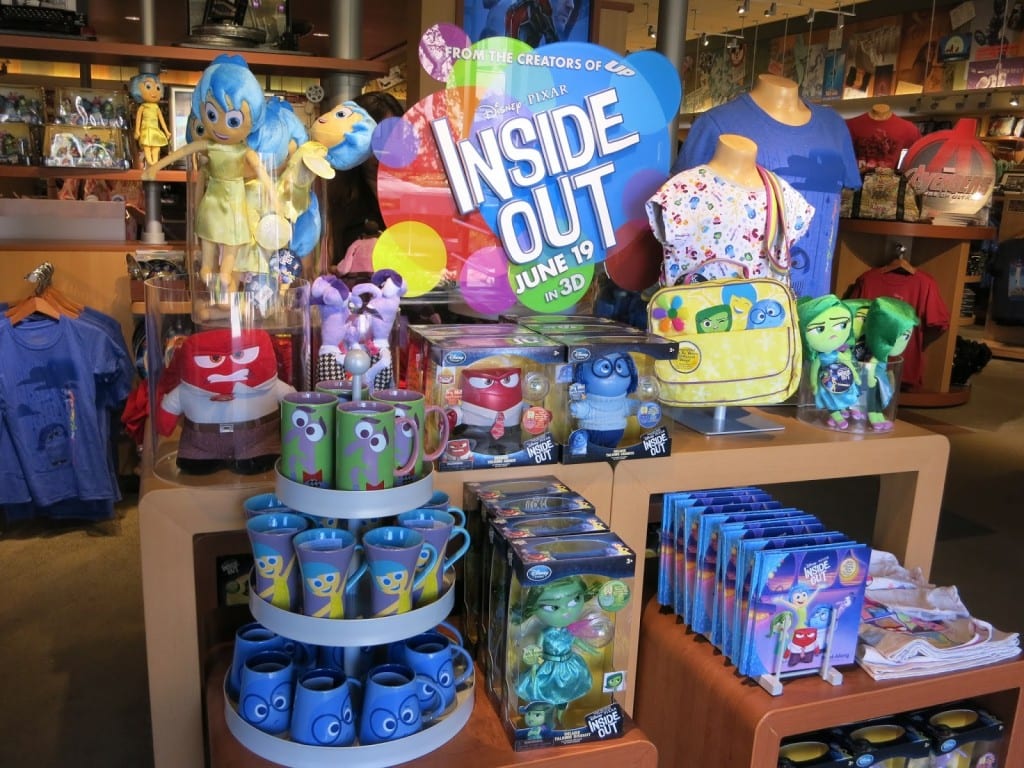
How is being on the administrative side – which you described as between the film team and the publishing/promo teams – different from being directly within the film team? It obviously still requires creativity, but is your work affected by being one step back from the film as it forms?
No, because we still work with people on the team for the feature. So, we’re still using some of the same animators, we bring in. Like, for ‘Inside Out,’ we had a fun meeting, where we brought in Jonas [Rivera], who’s the producer on ‘Inside Out,’ and we had margaritas, chips and salsa, and showed him all the stuff that we were doing. So, we’re still very much involved but we’re taking over from the group making it, but we still bring them in to see everything, absolutely. And, like I said, some of the animators are the same animators, and things like that.
Were there any challenges with Inside Out, in either department you worked with?
It’s probably been one of our easiest films. I think it probably had to do with Pete Docter and Jonas Rivera, the director and producer; they’re just such awesome guys. And the film… I think everybody just got that film, like they really embraced it so early on, they were so excited about it. I felt like, if anything, this film, over other films, didn’t have a lot of challenges because it was just really smooth sailing with this one.
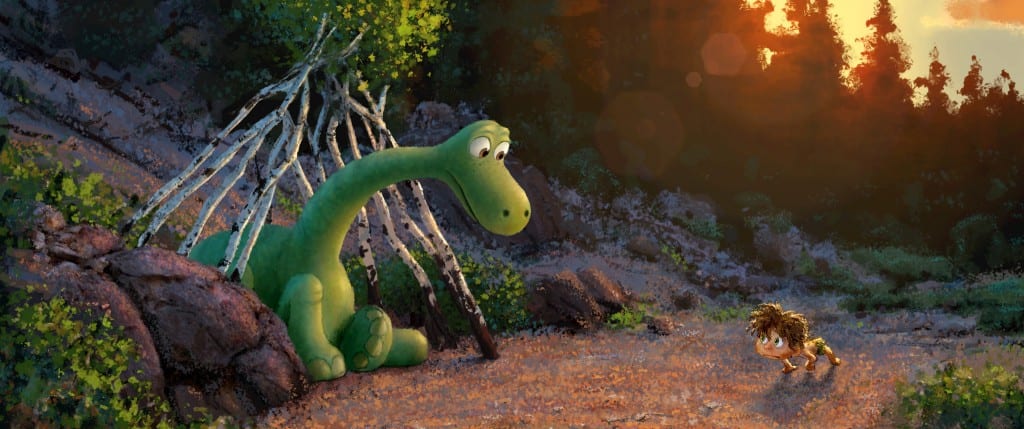
Do you have any upcoming projects we should look out for?
We’re fully into ‘The Good Dinosaur,’ our film on Thanksgiving, and then we’re fully into ‘Finding Dory,’ as well, which will be this time next year. So, those are the ones that are on our plate at the moment. And then, like I said, our new producer, he’s doing one of the shorts, for ‘Finding Dory,’ which I’m just starting to get involved in.
Your daughters are adorable. Do they get sneak picks at what you’re working on, get to hang out at the studios, or anything?
They come to the studio. You know, it’s so funny whenever anyone comes to the studio and they’re like “Whoa,” and my kids will be like, “Eh, whatever.” But they still love to come to Pixar. Like my oldest – and my youngest, too – we have the cereal bar, so they love to go get Cocoa Puffs, ‘cause I never buy Cocoa Puffs for our house, but like when we come to Pixar they’ll be able to get some and they’ll be like, “We gotta get some Cocoa Puffs.” They get so excited. They love to come to Pixar. They don’t get sneak peeks, but we do friends and family screenings, like when the movie is done, and before it’s released to the public. So they get to see it a little bit earlier than their friends which is nice bragging rights that they can have.
What is some advice you can give to students or others looking for a career at Pixar who are perhaps not animators?
It’s a whole studio. We’re not just animation, so we have marketing, PR, we have a human resources team, finance team, all that sort of stuff. If your background is in finance, that’s what you wanna do, for example, but then you also have a special interest in the entertainment industry, that absolutely is the niche that they’re looking for. They’re looking for somebody that knows what they’re doing for the department that they’re hiring for, but also has the interest of the entertainment world, as well. It’s an interesting marriage of the two things but there’s obviously a lot of people out there that have it because Pixar’s hiring them.
Is there a special way to get your foot in the door, or is it generally watching for openings?
Only apply for something that you’re absolutely qualified for, because a lot of people are just applying just to get in at Pixar, and it’s like “But you’re not really qualified for that position and 500 other people have put their resume in that are qualified for it,” so you’ll get looked over right away. So, make sure you are really qualified for the position, because you’re not competing with people in the Bay Area, you’re not competing with people in California, you’re not competing with people in the United States, you’re competing with people from around the world. We bring in people from around the world to come to Pixar, so it’s a high competition; it is really hard to get in. A lot of it is, if you know someone at the studio is a big help, but don’t apply for something unless you’re absolutely qualified because, like I said, they’re not looking to train you up into it. They’re looking to place someone in and have them go.
And, also, don’t be an a**hole; that’s always my major one. It’s kind of a joking thing we’d say sometimes that we don’t hire a**holes. Because we wanna work with people we wanna work with. We wanna hire somebody that’s gonna be fun, that’s gonna be a good member to the team, and that has a lot to do with it. Your personality has a lot to do with it. We want to hire somebody that’s qualified but we also like a person who’s gonna make a huge difference.
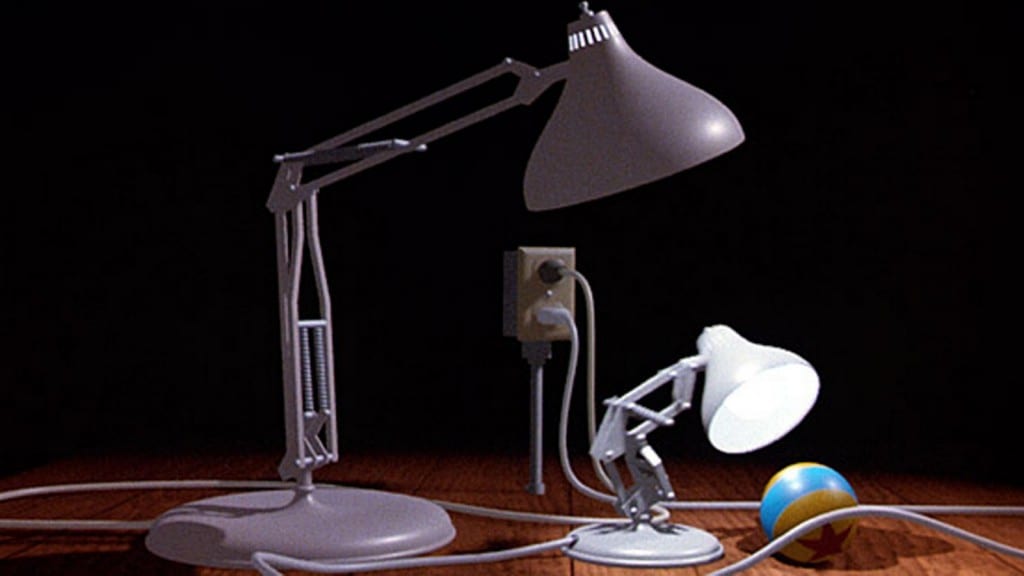
Are you going to the D23 Expo this year?
No, I’m not. We’re working on some animation in our department for D23 but I won’t be there, no. But, if you go to D23 and you see a new Luxo lamp animation, we did that.
We had a few fan questions, as well. First, how does one get a tour of the Pixar Studios?
You have to know someone. It’s a closed campus, so we don’t offer public tours. Employees are able to bring friends and family in, and do tours. Sometimes, we do charity tours, like I’m gonna be giving a tour – because I’m one of the tour guides – I’m going to be giving a tour to a Make-A-Wish child next week. Children’s charities are really near and dear to our hearts, so we’ll do children’s tours. But, usually, it’s a closed campus so it’s not like you can walk on and get a tour.
Bing Bong became a really popular character after Inside Out released. Several fans wanted to hear more about his creation as a character.
We treat him like an out-of-work actor, where he’s just kind of looking for his next gig. As far as the drawing of him, I think it was just solely on what would an imaginary friend look like when you’re three years old. Because he even says in the film, “She was really into animals at the time. Cows go moo,” all that stuff, so that’s why he’s all these parts of animals and smells like cotton candy. But she’s 11 now so she doesn’t play with him, anymore, it’s not the cool thing, but we went with the idea of the animals because that’s what a three year old would be into , but then we gave him like the cut-off gloves and the bow tie to give him that “Ha-cha-cha,” you know, out-of-work actor thing.
Do you have a theory about Bing Bong’s disappearance, or is he gone?
I think he’s gone. He was very sweet, though. We always knew he was gonna be a loved character, but it’s been so pleasantly surprising to see how loved he was, and how just devastated people have been about him. But he is a very sweet character. Richard Kind, who voiced him, is such a sweet guy, such a sweet guy. We’re very thrilled that he’s really touched everybody’s hearts.
Any tips on finding Bing Bong in a Disney Store?
They’re sold out! They’re sold out! You know why? Because he smells like cotton candy. He actually smells like cotton candy. Only the Disney Store one does. The exact same thing I’m trying to do. I’ve gone to two different Disney Stores, one of them I’ve gone to three times looking for the Bing Bong plush! We did sell them – Pixar has a studio store, but we’ve been sold out, too – but I heard rumor that we’re supposed to get him back this week, so I’m gonna be checking them out on Monday, seeing if there’s anymore.
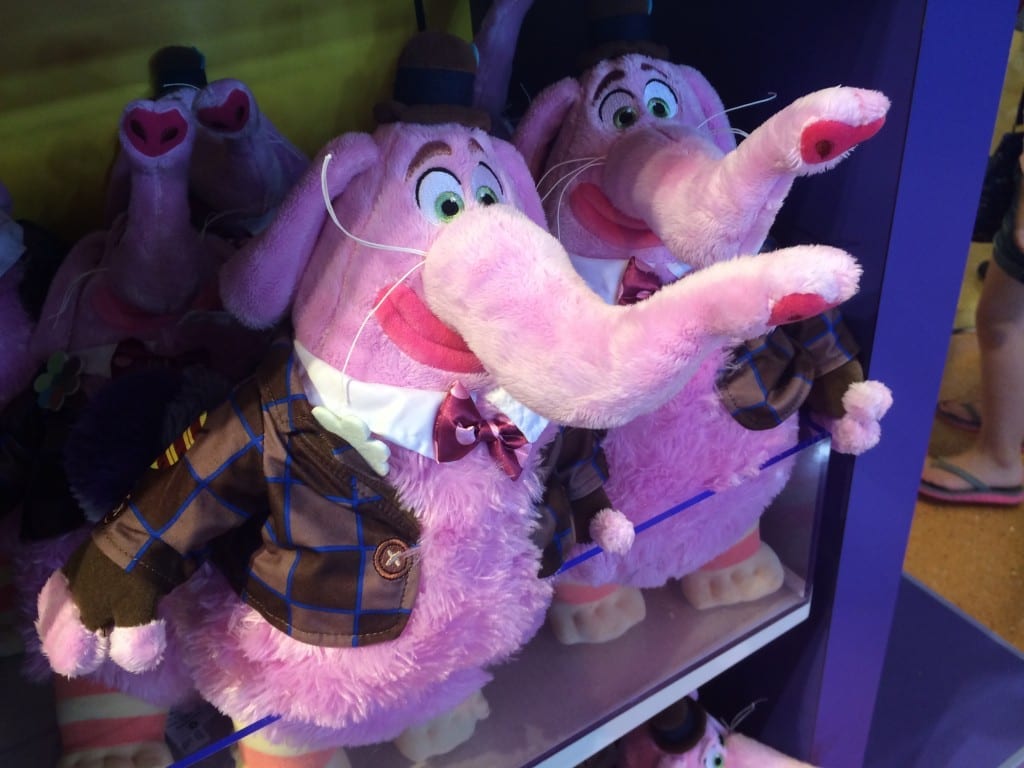
And, finally, a few of our fans wanted to know: 2D or 3D animation?
It’s so funny, people there have such mixed emotions at Pixar. A lot of the “old-timers,” I guess you could say, the people that have been around for a while at Pixar, don’t like 3D. They feel like it kind of takes away from it, or tries to make it a spectacle, when the biggest thing about Pixar is that story is king. Story is number one, so we don’t want to do lots of tricks and things to sell our films. I think that’s kind of more of the attitude, they’re like, “No, it should stand on its own two legs, not on any of these bells and whistles,” but the way 3D – well, they call it stereo now – the way stereo 3D works, the animation has been progressing.
It’s such a much more gentle 3D approach, it’s not that like in-your-face, where people walk out the theater throwing up because it just does something to their brain; it’s been such a new, different approach to it, so it’s been more gentler and it just adds to it. I worked on ‘Sanjay Super Team,’ the short that’s gonna be in front of the ‘Good Dinosaur,’ and they did it for that, and we were all shocked at how amazing it was and how it added to the short rather than took away from it. Personally, I like it [3D], I really do, because I think it just makes the room feel bigger, and the depth of field more just bigger and better. Or you see things you maybe normally wouldn’t see, if you saw it in 2D, so I personally like it.
What do you think? Are you interested in working at Pixar? Do you have more questions for Jeanette Penley-Marker?
Edited by: Hannah Wilkes
Updated: 10/14/15


![[INTERVIEW] Pixar’s Jeanette Penley-Marker](https://www.rotoscopers.com/wp-content/uploads/2015/07/WDWLive-PixarStudios.jpg)
